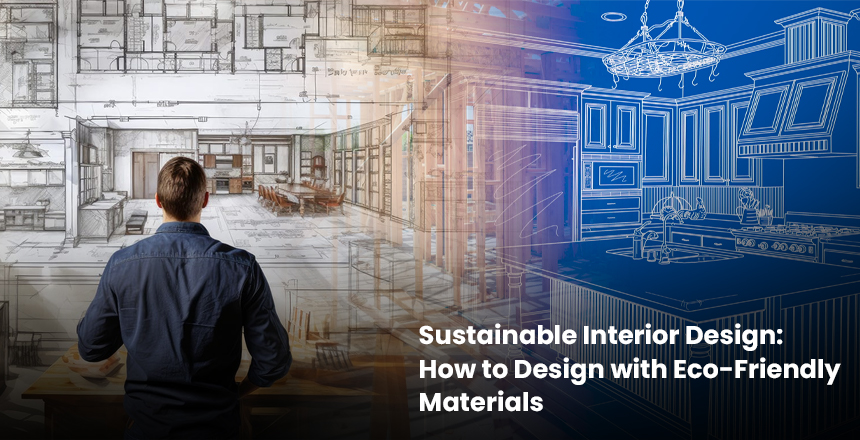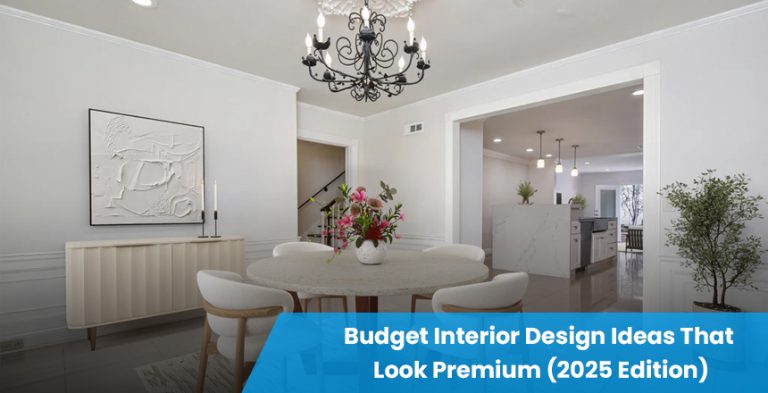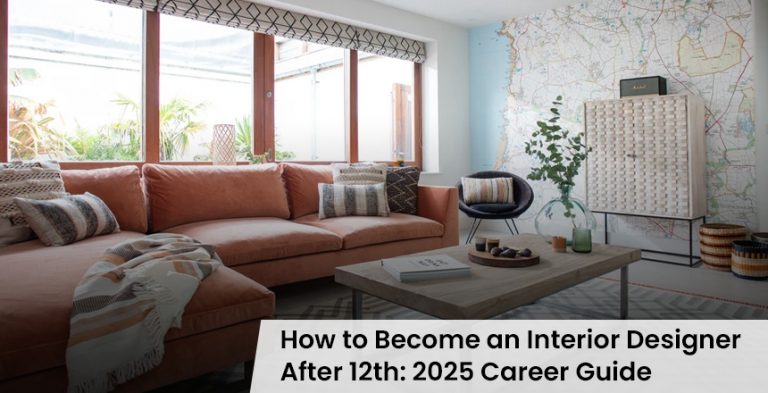In the modern world, it is not only an aesthetic issue, to create beautiful interiors, but also a matter of responsibility. Sustainable interior design is beginning to attain the desired focus as the issue of climate change and depletion of resources becomes more severe. It is not a fad but an expected change of direction, the new direction of mindful living where the ease, utilitarian and environmental awareness gel together.
Sustainable interior design is simply an issue of generating interior environments which are accountable and not wasteful in their life cycle, including design and construction, operation and demolition. It is a process that is based on choosing superior materials, on not wasting, on saving energy as much as possible and on being long term oriented. The good news is? Greening up does not have to be fashionless anymore. Actually, eco-friendly interiors tend to be timeless, peculiar and very personal.
A Reconsideration of Materials: Deciding What is Best for the Planet
Choose the right materials and settle the basis of your sustainable interiors. Eco-friendly materials are the materials which are renewable, recycled or need less resources of nature to be produced. An example is bamboo, which grows rather quickly, and serves as an ideal alternative to hardwoods floorings and cabinets. Reclaimed wood adds richness and the historic feel to a place, and decreases the use of virgin timber.
Organic cotton, linen, jute, and wool are some good choices when it comes to upholstery, or in rugs and curtains, since they are natural and biodegradable. In the case of finishes (such as paint or adhesives), they should be labeled with low-VOC or, even, zero-VOC to enhance the quality of indoor air and emissions.
The other sustainable design rising star is cork. It is harvested un-damagingly on the bark of cork oak trees, hence a very good choice as a material in making flooring tiling or wall tiling that is strong and eco-friendly.
Revisiting Old Pieces
You do not necessarily have to introduce something new to renew a space. Upcycling and repurposing, as a matter of fact, are the core of sustainable design. There is the possibility to reupholster or refinish older furniture, make older things (vintage) the statement, and also do something creative with architectural salvage (old doors or windows).
Upcycling gives personalities to your decors and minimizes the environmental concerns of making new products. Repurposing crates as coffee tables, using tiles as decorative backsplashes, these are just the blueprint-ready designs that enable you to make your own design, make it personal and make it count.
Smart Design is the Key to Energy Efficiency
Design is not only skin deep, how a space works is also of importance. Making the home environmentally friendly is an essential component of including elements of energy efficiency. Choose the LED lighting that can last longer and consume up to 80 percent of energy than the traditional bulbs. Look into the installation of motion sensors or dimmers to reduce consumption even more.
Natural light is free and plenty-use mirrors, sheer curtains or have walls that are light coloured in order to reflect light. Inoculation of environmental sustainability Adequate shading and ventilation and ceiling fans can reduce air conditioning in hotter climates. With regards to appliances and electronics, select those that have the ENERGY STAR label so that they are low energy-using and water-using devices.
Green Furniture and Ethical Decoration
Landfill waste occurs in large part to fast furniture, which are cheap, mass-produced, and short-life furniture pieces. Rather, make the furniture out of responsibly sourced wood or recycled materials or certified by an authentic forestry management program such as FSC (Forest Stewardship Council). High quality items will endure longer and retain their value although they are expensive to acquire.
In the aspect of decorating, just shun quantity and focus on quality. Plants create a beautiful and ecological method of decoration, because of their air-filtering, stress-relieving abilities, and relaxing effect that they cause to any area. Homemade craft, products made of natural materials, second hand finds at flea markets or even thrifty stores all are more authentic and they give you a smaller carbon footprint.
Waste-Conscious Renovation
When re-modeling, it is necessary to consider what components you take apart. Before all the items are dumped off to the land fill, find alternatives to recycle, donate or use them in some other way. Old cabinets, doors, fixtures and tiles are always accepted in the organizations. There are other sources where you can get reclaimed materials and yet save money and the environment with your renovating projects.
The waste may also be minimized by use of modular and prefabricated products as they are constructed in desired sizes which minimize offcuts and leftovers. Time planning and accurate measurement can prevent buying in excess, which is usually not used and spoiled.
Eternal Design Results In Minimal Redesign
Creating a non-dated space is one of the most sustainable solutions you can imagine: you will not curse yourself next year. When you use classic color schemes, flexible layouts and multifunctional furniture, you end up with less requirements to be remodeled. The ability of your room to grow with you, such as in a nursery room that can be converted into a teenager room, or in the case of a guest room that serves as an office room; this is a wise and green investment.
Healthier Spaces, People and Planet
Sustainability is not only environmentally friendly but also a way of making healthier interiors of the persons residing in it. Natural and toxin-free materials will ease the exposure to toxic chemicals. Air quality, natural light, and clutter are also factors that help with mental and physical health making a place more pleasant.
The way we design, such as avoiding synthetic fragrances, investing in beneficial indoor plants and buying non-toxic cleaning products, will make a place safer to all but, specifically, children, pets and those who are sensitive.
Last Conclusion: Planning with Purpose
Sustainable interior design is not a state where everything is perfect- it is one of progress. All the green decisions that you make regardless of their insignificance, make a greater difference. Regardless of the used material, energy saved, or other compounds, the choice you make helps you lead a more sustainable life.
Eco-friendly material design does not restrain creativity; on the contrary, it opens a door to the new mental dimension valued in terms of natural beauty, the necessity of quality, and meaningfulness of living. Now that we are increasingly becoming a more green society, our homes can be a statement about who we are and what we believe in as well as what we like.








